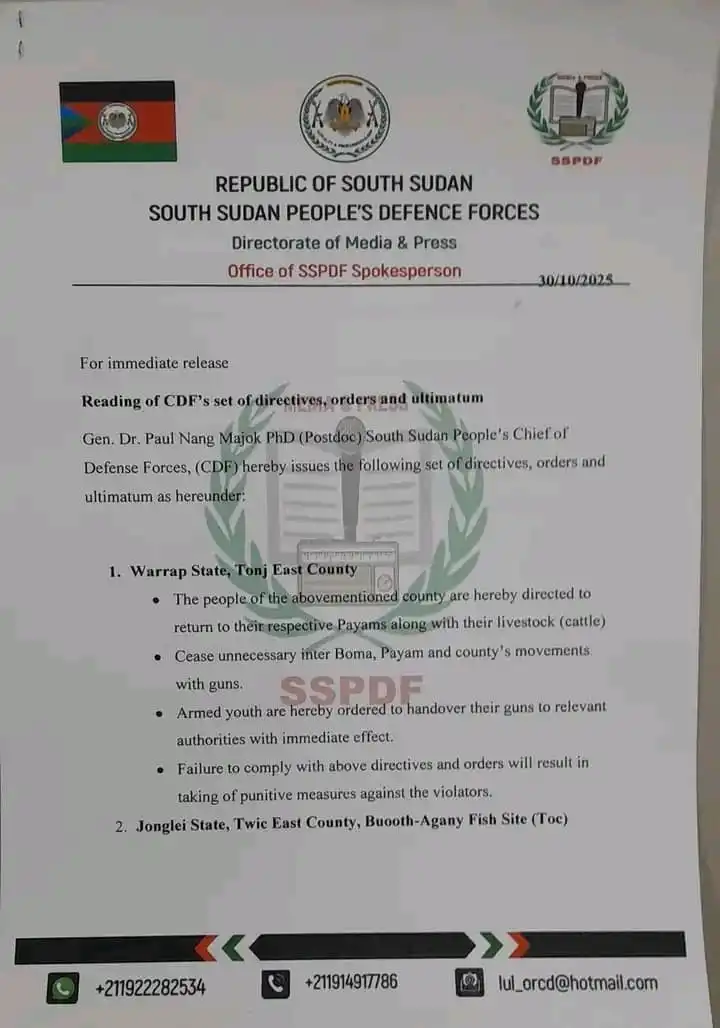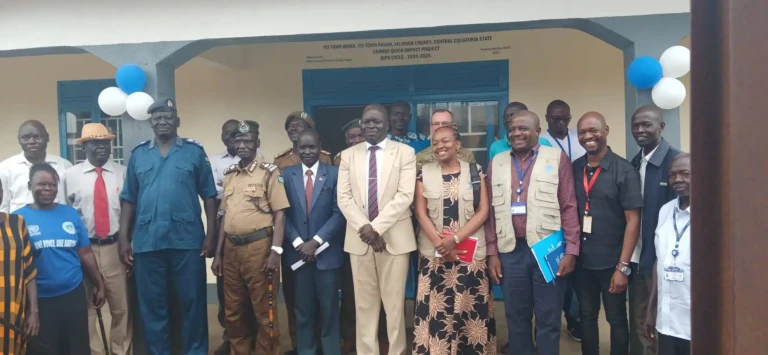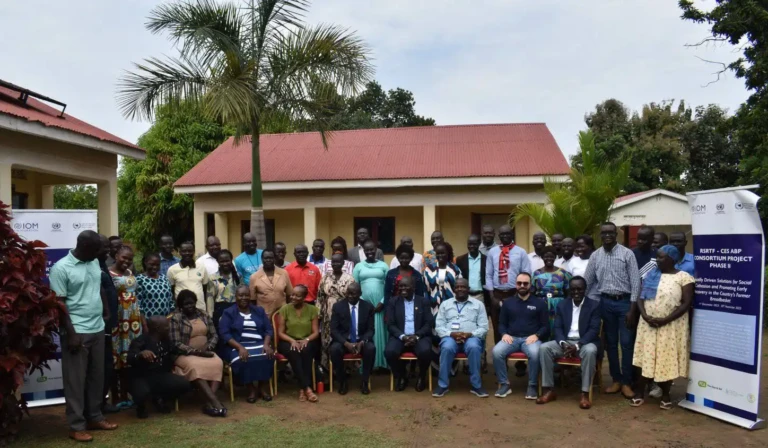
(JUBA) – The latest assessment by the Joint Market Monitoring Initiative (JMMI) in South Sudan has revealed that while overall national prices dipped slightly between June and July 2025, many regions continue to experience sharp cost increases driven by regional disparities, currency depreciation, road conditions, and insecurity.
The national median cost of the Minimum Expenditure Basket (MSSMEB), a benchmark used to monitor household essentials, decreased by 1 percent during the reporting period. The same percentage decrease was recorded in the cost of a standard food basket. This relief was mainly due to a 21 percent drop in milling prices and a 10 percent decline in the price of salt.
Despite this, the prices of several key commodities went up. The cost of maize grain and charcoal each rose by 12 percent, while beans increased by 11 percent.
Some areas reported significantly higher costs compared to the national average. These included Akon (Gogrial West County), Turalei and Wunrok (Twic County), Wau, and Warrap (Tonj North County), where the MSSMEB remained among the highest nationwide.
Bor South experienced the steepest price surge, with the MSSMEB rising by 46 percent and the food basket increasing by 62 percent in just one month. Similar increases were recorded in Turalei, where the MSSMEB went up by 28 percent and the food basket by 36 percent.
Fagwir in Fangak County saw a 26 percent rise in the MSSMEB and a 25 percent rise in the food basket. Ariath (Aweil North County) reported a 21 percent and 19 percent increase respectively, while Wunrok reported a 19 percent increase in the MSSMEB and a 23 percent increase in the food basket.
Traders in many parts of the country said that logistical constraints were severely affecting the ability to restock and transport goods. Roads from Narus in Kapoeta East County to Pochalla, and from Tishwin near the northern border to Rubkona, were closed due to poor road conditions. Some traders also raised concerns about ongoing insecurity along these trade routes.
The study found that traders continue to face several constraints which limit any wider price reductions. Foremost among them is the ongoing depreciation of the South Sudanese Pound, cited by 39 percent of traders.
As of July 2025, the official exchange rate stands at 4,600 SSP per US Dollar. This has made imported goods more expensive for both traders and consumers.
Other major obstacles include:
| Constraint | % of Traders Reporting |
|---|---|
| SSP Depreciation | 39% |
| Poor Road Conditions | 38% |
| High Marketplace Taxation | 25% |
| Elevated Fuel Prices | 25% |
| Unfavourable River Conditions | 20% |
| Border Closures | 18% |
| Checkpoint Costs | 17% |
Discover more from Access Radio Yei News
Subscribe to get the latest posts sent to your email.







